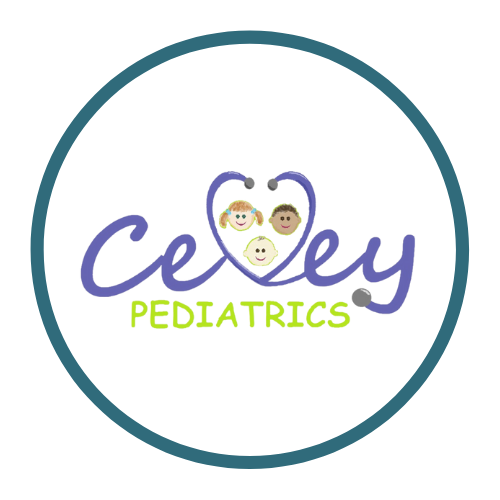Is All Sadness Depression?
Mental health diagnosis rates have increased astronomically in the last generation, unfortunately not sparing the pediatric population. While increased awareness of a condition that can invisibly affect a person's well-being is not a bad thing, overtreatment of simply negative emotions with the same pharmacologic management is. When, then, is sadness or worry or anger just sadness, worry, anger, and when does it become a true psychiatric diagnosis?
In the 2015 Pixar movie "Inside Out," the main girl Riley’s range of normal emotions are portrayed by 5 separate actual characters: Joy, Sadness, Disgust, Anger, and Fear. In the beginning of the movie, Joy believes that it is her job to be the predominant emotion that literally colors all Riley’s memories and controls all her outward actions. Anytime another emotion pops up, Joy “takes control of the console” to try to frame everything in a positive light and make Riley happy again. It is all done with good intention, but as we watch the movie, we realize that it actually isn’t what Riley needs. Even when the onset of pre-adolescence coincides with the upheaval of a sudden cross-country move, Joy continues to try to direct all the other emotions towards this goal, and it is reinforced by Riley’s mom, who comments on being able to count on Riley’s happiness during the stress and uncertainty they all are facing. It soon becomes evident, though, that Riley’s new life has become too complex for Joy to continually be able to always spin everything as something to be happy about.
As the movie progresses, we learn along with Joy that Sadness has a role to play also, and that trying to eliminate and minimize the other emotions may not work as well as acknowledging them and even embracing their importance. Anger, fear, disgust, and sadness all help us recognize that there is something in our environment that needs changing, and sadness uniquely seems to trigger emotional connections that end up strengthening a person’s well-being and resilience. Happiness should NOT be considered the default state of human emotion. Therefore, being unhappy does NOT make us defective in some way. There are too many things that happen to us in our lives to be able to go through life with no negative emotions or have full control of our emotions all the time. Being sad is not the same as depression, but not being able to process sadness to be able to move on from it can lead to depression when you feel like there is no way out of the black hole of negative emotion. Therefore, how can we best help our children when they are sad? What we DON’T want to do is try to distract them with experiences to cheer them up or keep them too busy to actually feel sad. Our minds and bodies need to take time to do things that get in touch with feelings of calm, peace, and comfort, like petting an animal, drawing or writing or composing something, doing yoga, meditating, consulting spiritual guidance, or talking to or hugging a loved one. A counselor or therapist can be a “feelings coach” to help guide your child through the steps of processing negative emotions in a productive manner, and should also be considered a key resource. However, when negative emotions start being a maladaptive response that don’t serve to motivate positive change, or if a person starts to act or talk like his/her identity is defined by that negative emotion, a psychologist or psychiatrist probably is needed.
